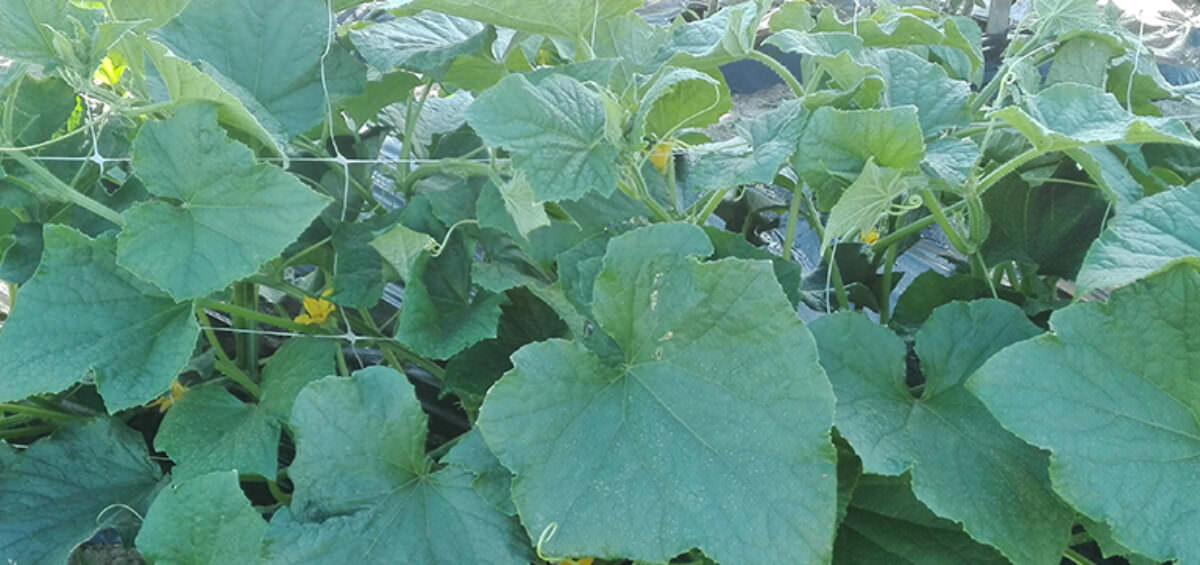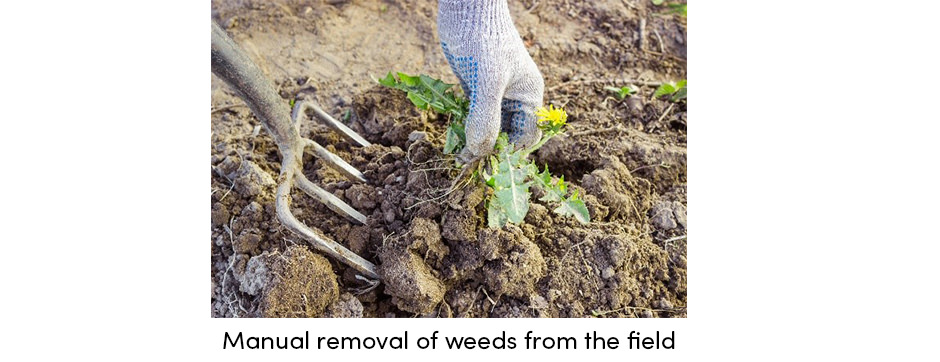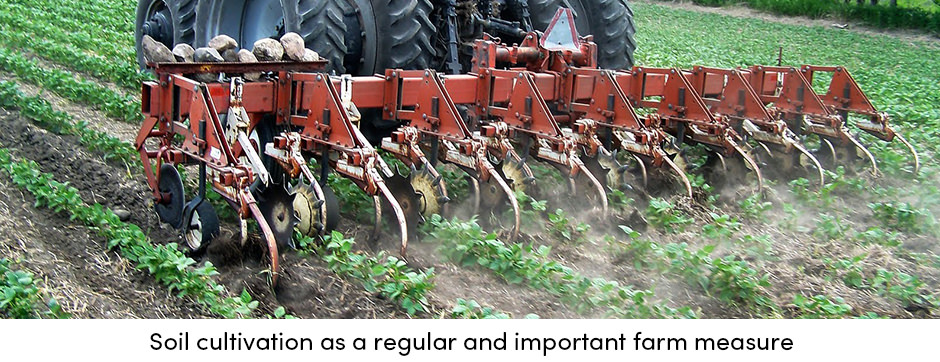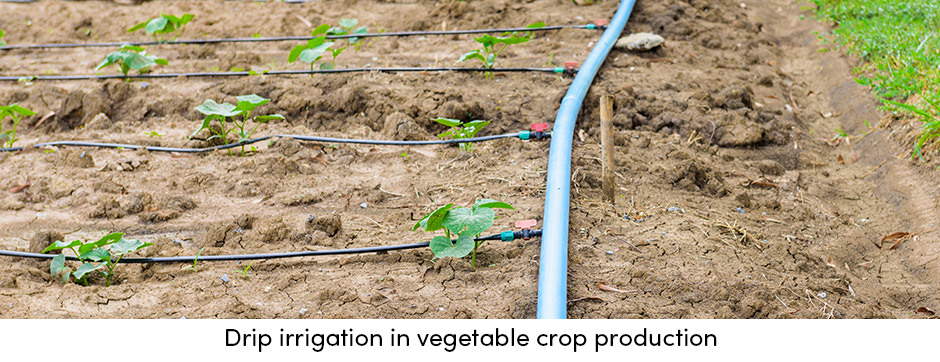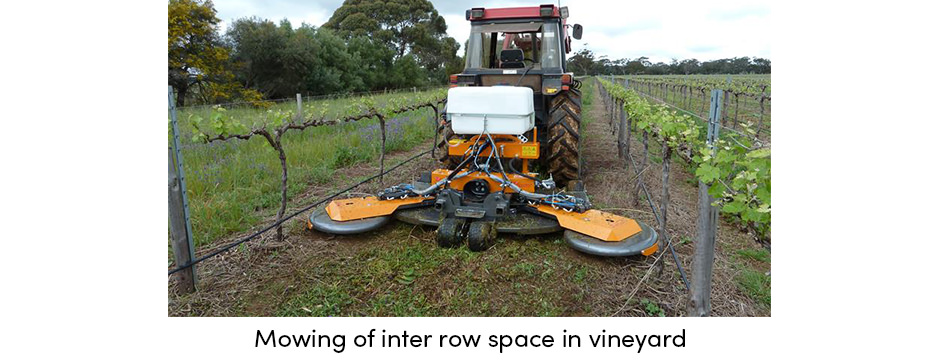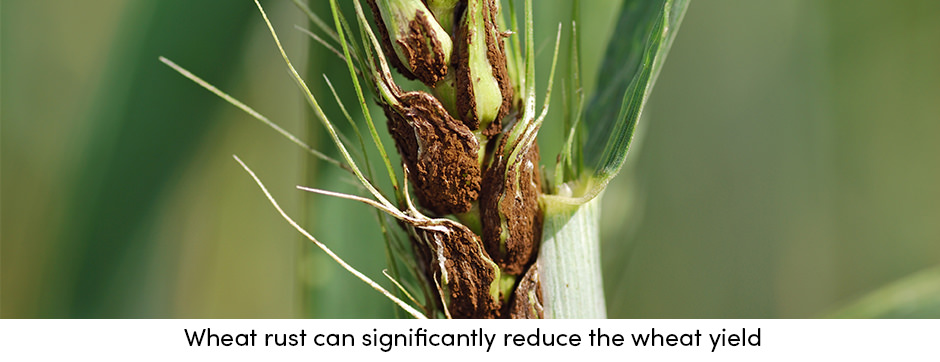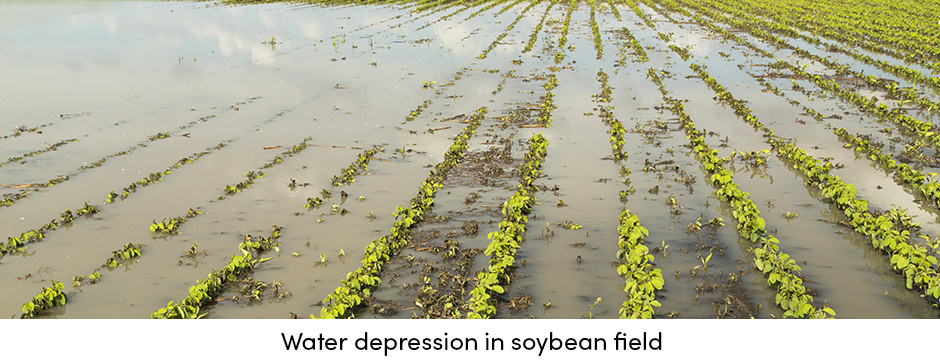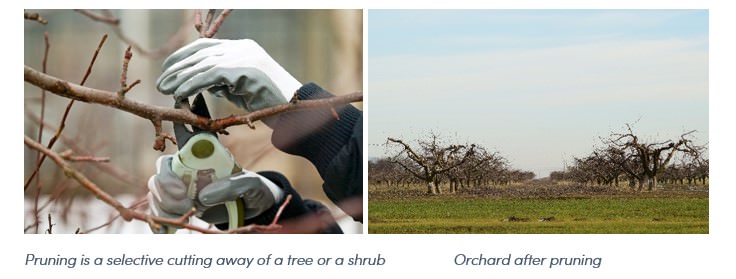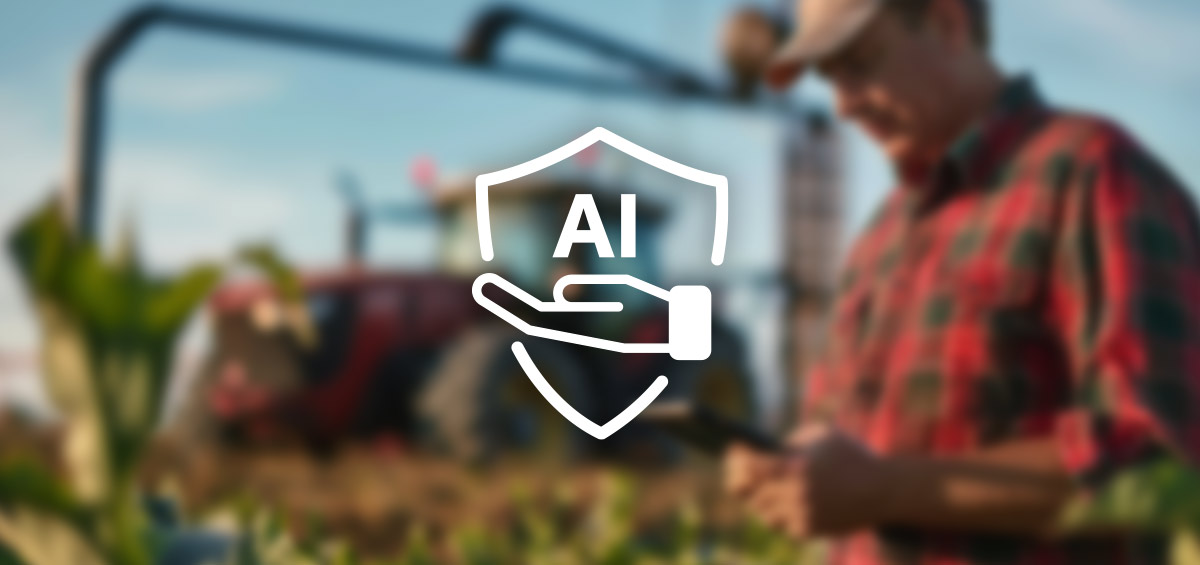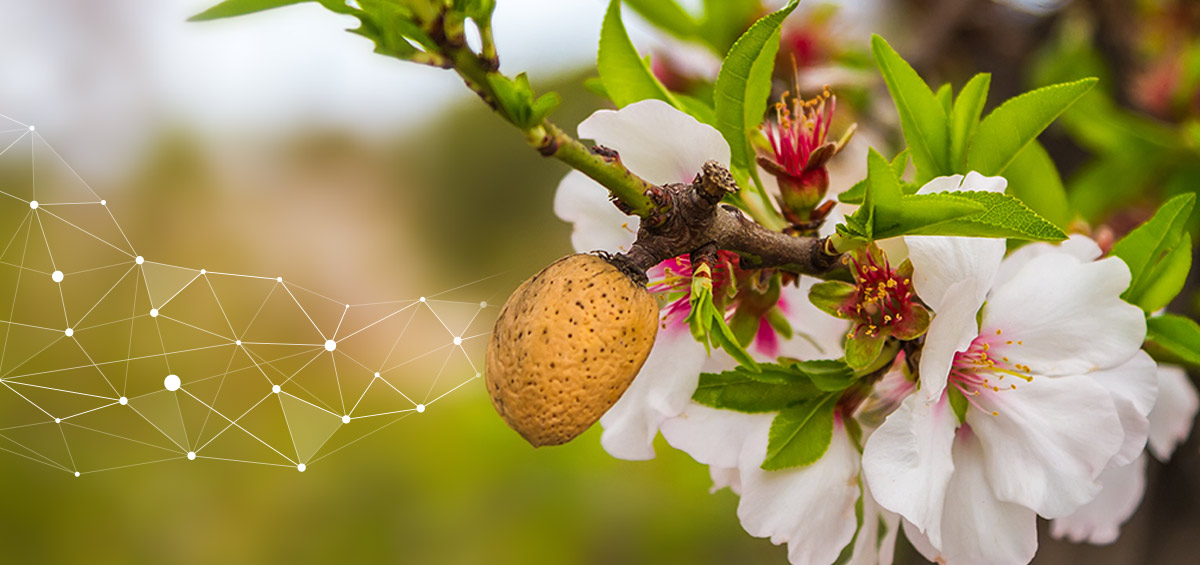Farming is a complex activity, one in which every segment impacts the crop production. To have a successful crop production, all segments need to be managed properly. Good soil preparation is half of the job, while the other half is good management of crop maintenance.
After soil preparation and planting are completed, there is still no break for the farmers. If they want to achieve a good and quality yield, they must constantly implement crop maintenance practices during the growing season.
Crop maintenance practices important for proper crop growth include:
- Weeding
- Soil cultivation
- Irrigation
- Mowing
- Insect pest and disease control
- Removal of standing water
- Pruning
Crop maintenance practices need to be done in a timely manner. When some practices will be implemented will, depend on crop growth stage, soil, crop, and weather conditions.
Weeding Removes Potential Threat to Crops
Weeding is a farm practice that involves the physical removal of weeds from the field. This practice can be performed manually or with the use of mechanization.
Although manual weeding is more labor intensive, it is the preferred farm practice due to the minimal soil disturbance it creates and its decreased opportunity for soil erosion. Oppositely, mechanized weeding is less labor intensive. However, it’s important to manage it carefully so as to prevent soil disturbance and the spreading of weed seeds.
Mechanized weeding is more appropriate for large farmland.
Soil Cultivation Improves Soil Performance
Soil cultivation is a farm management practice that breaks up and loosens the soil surface. The main purpose of soil cultivation is to create optimal soil structure, which will improve water retention, allow for better penetration of air, water, and nutrients, and help with weed control.
Soil cultivation is a favorable soil maintenance practice that helps retain water and provides optimal soil structure and favorable crop conditions. Soil cultivation may also reduce the need for water irrigation.
Irrigation for Secure Plant Growth
Irrigation is a crop maintenance measure that is needed to provide normal crop growth when the water supply is limited. Maximizing plant potential, every farm production should set an irrigation system.
Irrigation is especially important when the crop is in sensitive growth phases such as germination, flowering, and fruit setting.
Depending on the crop type and climate, different irrigation methods are used:
- Drip irrigation
- Furrow irrigation
- Sprinkler irrigation
- Pivot irrigation
- Flood irrigation
Mowing Enhances Orchard Management
Mowing is a regular farm maintenance practice in orchards and vineyards. It includes mowing of the space between and inside rows. Mowing is the manual or machine removal of grass and invasive weeds. It improves soil condition, reduces pest occurrence, and enhances crop growth.
Appropriate Insect Pest and Disease Control to Sustain the Yield
If not treated properly and on-time, plant pests can significantly reduce the crop yield and affect its quality. Therefore, regular crop maintenance needs to include insect pest and disease control. Crop losses can be reduced by using various organic and chemical crop protection measures such as:
- Natural; natural pest predators (ladybug, praying mantis)
- Cultural; tracking of weather, monitoring fields, and crops
- Physical; disinfection of the soil, seed, and seedlings
- Mechanical; pruning and removing of diseased plants from the field/orchard
- Biological; various beneficial fungi, bacteria, and parasitic wasps as pest predators
- Chemical; chemical based fungicides, insecticides, and herbicides
Removal of Standing Water Saves the Yield From the Beginning
Removal of standing water is a crop maintenance practice mainly used in cereal production. However, it can also be practiced in the production of arable and vegetable crops. This practice includes the removal of standing water from the field that accumulated during the winter period as the result of melting snow.
Excessive water creates depressions on the field surface and harms young plants. If crops stay in the water for more than 3 days, the entire crop production can be destroyed.
Standing water can be removed by using soil cultivators to level the field’s surface and plows to create furrows around the field’s edges.
Crop maintenance is a common farm practice among farmers. Only regular and proper crop maintenance can provide quality crops and stable yields.
As every human being needs regular maintenance of the body to maintain optimal health, the plant needs regular maintenance of all factors crucial for its proper development and growth as well.
Pruning Is a Must-Have Practice for Permanent Crops
Regarding the maintenance of permanent crops, there is no alternative to pruning. Pruning is a selective cutting away of a portion of a tree or a shrub practiced for the following purposes:
- Balancing tree or a shrub growth and the fruit production
- Improving pest and disease management
- Managing the size and the shape of a tree or a shrub.
There are four types of pruning, regarding the different crop requirements:
- Formative pruning
- Dormant pruning
- Green pruning
- Restorative pruning.
Crop maintenance is a common farm practice among farmers. Only regular and proper crop maintenance can provide quality crops and stable yields.
As every human being needs regular maintenance of the body to maintain optimal health, the plant needs regular maintenance of all factors crucial for its proper development and growth as well.
Image sources: GriggsDakota || Suggest-Keywords
